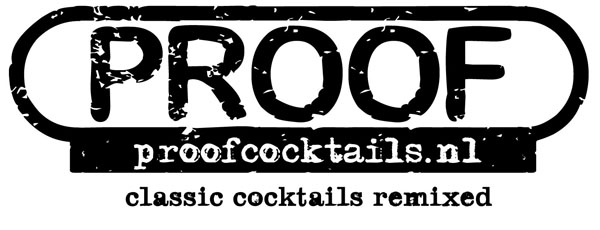
On Classic Cocktail Books.
For those intrigued by the history of the cocktail old cocktail manuals can be an interesting resource if you approach them with the right expectations – of which more later. First things first though: exactly where does one acquire such venerable tomes? Unfortunately, while you might get lucky and stumble across some undiscovered gem, most older classics command top dollar these days. Happily for those interested in exploring the genre there are a fair number of inexpensive reprints of the more famous examples that can be ordered online (of which I suggest a few below). Now, about those expectations… If you go into this expecting to find a whole bunch of interesting and exotic recipes you are setting yourself up for disappointment. The further back in time you go, the simpler the drinks get with almost everything pre-1914 (approx.) being variations on the Old Fashioned (duh!) or Manhattan and based on a fairly narrow range of ingredients – whisky, rum, gin, brandy, vermouth (mostly Italian but some French), curacao, “gum” syrup and bitters (pretty much orange, Angostura or Bogart’s/Boker’s. Sours are practically non-existent and there is a bigger focus on cobblers and flips. For example Jerry Thomas’ seminal Bartenders Guide (1862) contains only a handful of the kind of drinks we are used to seeing on a cocktail menu these days. Typically there will be little or no explanation of the drink beyond the recipe itself. So if you are looking for inspiration go elsewhere. However, should you be in search of a deeper understanding of cocktail origins, trends and ancient drinking culture these books can be an absolute gold mine. As an example we learn that around 1900 the proportions of many cocktails were very different – often comprising of 50:50 spirit to vermouth ratios which, as the century wore on, canted further and further in the spirity direction* before starting to tilt back in the early 2000s. Very interesting.
A further challenge is the way pre-WW2 cocktail recipes are codified. Instead of specific (oz or ml) quantities we find vague and obscure measurements such as a dash, pony, wine glass or simply a “half-portion” of this or that or, fairly commonly, instructions such as “half Italian vermouth and half Tom gin”. Yikes. I’ve adopted the following conventions:
1 dash = a heavy eighth of a ounce (5ml) unless it’s for bitters in which case it simply is a dash.
1 pony = 1 ounce (30ml)
1 wine glass or “portion” = 2 ounces (60ml)
Which will get you through most recipes.
Further considerations are that “powdered sugar” merely refers to what we now call “granulated sugar” and that where we read “gum syrup” just use simple 1:1 syrup.
The book I’m drawing on today is The Cocktail Book a small but nicely bound reprint by the British Library of an anonymous but ubiquitous bar guide from 1900. It shows us the trends of the days and as such leans very heavily on vermouths which were very much de rigueur at the turn of the century and a keystone to the evolution of the modern cocktail. Because it is a guide intended to sit on the shelf of every “modern” bar we can assume that it lists the drinks most commonly requested at that time. We see included here the Manhattan as just one of a number of very similar drinks on the cusp of its emergence as the flagship for the Italian vermouth + spirit + bitters style. But today I’m picking the “Star Cocktail” as an interesting variant which while certainly not mind-blowing will give the embiber a feel for what kind of thing folks were sipping on over 120 years ago.
Star Cocktail (as written).
Use mixing glass.
Two dashes gum syrup; three dashes orange bitters; one-half apple brandy; one-half Italian vermouth. Fill glass with ice, mix, strain into a cocktail glass, and add small twist of lemon peel.
Star Cocktail (modern).
1.5oz (45ml) apple brandy (calvados or applejack).
1.5oz (45ml) Italian vermouth.
0.25oz [or a touch over] (8-9ml) simple syrup.
3 dashes of orange bitters.
Stir with ice and strain into a chilled cocktail glass and garnish with a lemon twist.
Toast The British Library.
*Eventually getting to the point where a Martini was made by, “stirring gin with ice while looking at a bottle of vermouth.”
Addenda:
A few reprints which I can recommend, roughly in order of usefulness are:
Harry Craddock’s Savoy Cocktail Book 1930 (consider this one essential).
David Embury’s The Fine Art of Mixing Drinks 1948.
Jerry Thomas’ Bartenders Guide 1862.
The Cocktail Book (pictured) 1900.
While not exactly a reprint but a compendium of old recipes, Ted Haigh’s Vintage Spirits and Forgotten Cocktails is also a useful reference.


